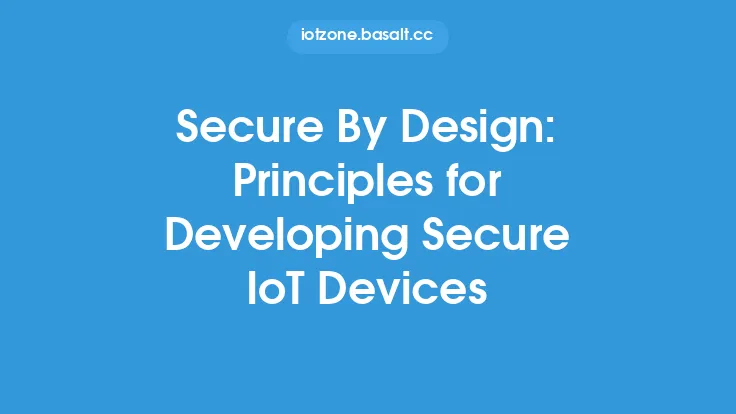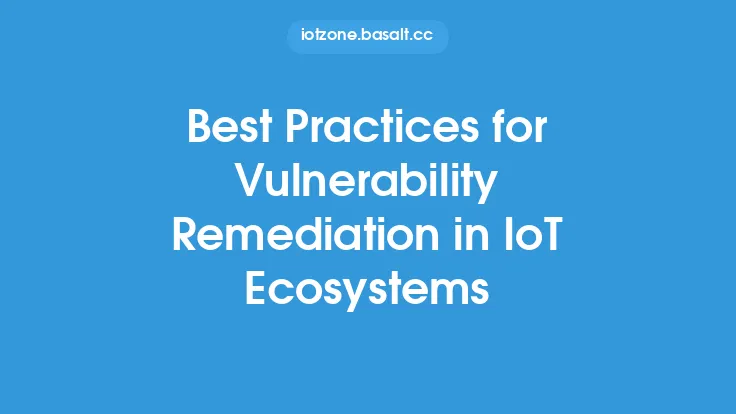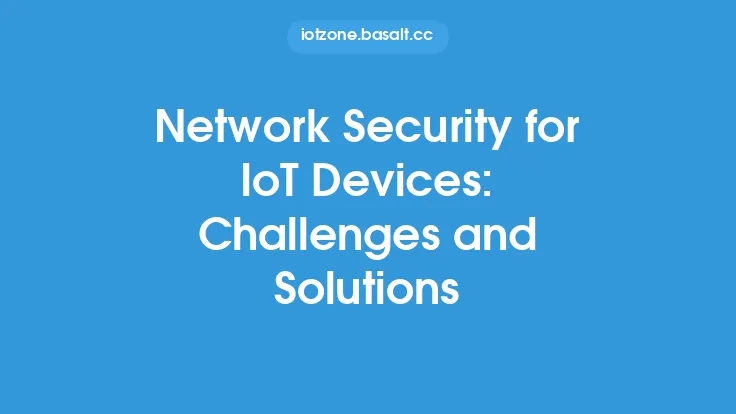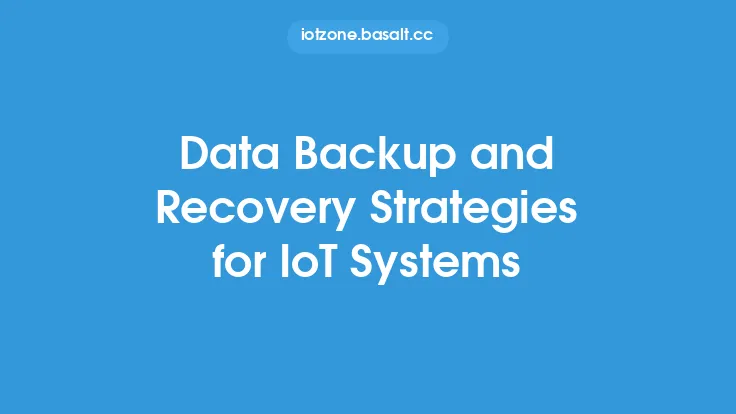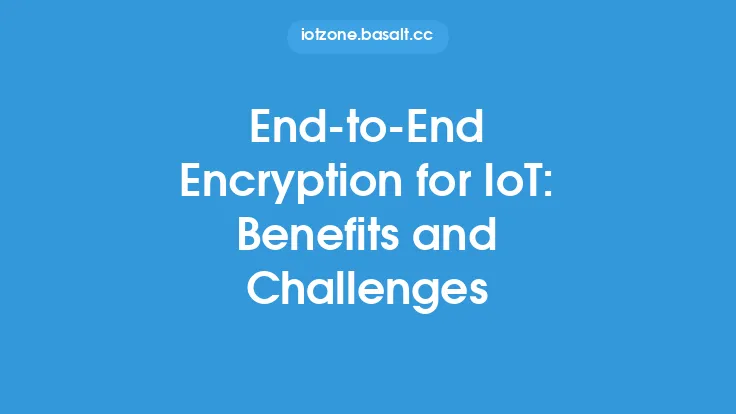The development of Internet of Things (IoT) solutions is a complex and multifaceted process, involving a wide range of technical, operational, and strategic considerations. As the IoT landscape continues to evolve and expand, developers and organizations are faced with a multitude of challenges that can impact the success and effectiveness of their IoT initiatives. From device management and data analytics to security and scalability, the obstacles to overcome can be significant. However, by understanding the common challenges associated with IoT development and implementing effective strategies to address them, organizations can unlock the full potential of IoT and drive business value through innovative, connected solutions.
Device Management and Integration
One of the primary challenges in IoT development is device management and integration. With a vast array of devices, each with its own unique characteristics, protocols, and data formats, managing and integrating these devices into a cohesive IoT ecosystem can be a daunting task. To overcome this challenge, developers can leverage device management platforms that provide a centralized interface for monitoring, controlling, and updating devices. These platforms can also enable the integration of devices from different manufacturers and protocols, facilitating seamless communication and data exchange. Additionally, the use of standardized protocols such as MQTT, CoAP, and LWM2M can help simplify device integration and ensure interoperability.
Data Analytics and Processing
The sheer volume and variety of data generated by IoT devices can be overwhelming, making it difficult to extract meaningful insights and value from the data. To address this challenge, developers can employ advanced data analytics and processing techniques, such as machine learning, artificial intelligence, and edge computing. These techniques can help process and analyze data in real-time, reducing latency and enabling faster decision-making. Furthermore, the use of cloud-based data platforms and big data analytics tools can provide the scalability and flexibility needed to handle large volumes of IoT data. By leveraging these technologies, organizations can unlock new insights and opportunities for innovation, driving business value and competitive advantage.
Security and Privacy
Security and privacy are critical concerns in IoT development, as connected devices and systems can be vulnerable to cyber threats and data breaches. To mitigate these risks, developers can implement robust security measures, such as encryption, authentication, and access control. The use of secure communication protocols, such as TLS and DTLS, can also help protect data in transit. Additionally, developers can leverage security frameworks and guidelines, such as the OWASP IoT Security Framework, to ensure that IoT systems are designed and implemented with security in mind. By prioritizing security and privacy, organizations can build trust with their customers and stakeholders, protecting their reputation and avoiding potential liabilities.
Scalability and Performance
As IoT systems grow and expand, they must be able to scale to meet increasing demands and performance requirements. To achieve this, developers can design IoT systems with scalability and performance in mind, using architectures and technologies that can handle large volumes of data and traffic. The use of cloud-based infrastructure and containerization can provide the flexibility and scalability needed to support growing IoT ecosystems. Additionally, developers can leverage performance optimization techniques, such as caching, content delivery networks, and load balancing, to ensure that IoT systems can handle high traffic and data volumes. By prioritizing scalability and performance, organizations can ensure that their IoT systems can meet the needs of their users and stakeholders, driving business value and competitiveness.
Interoperability and Standardization
The lack of standardization and interoperability in IoT can create significant challenges for developers and organizations, making it difficult to integrate devices and systems from different manufacturers and protocols. To address this challenge, developers can leverage standardized protocols and frameworks, such as oneM2M and IoTivity, which provide a common language and architecture for IoT devices and systems. Additionally, the use of open-source software and collaborative development models can help promote interoperability and standardization, enabling developers to share knowledge and best practices. By prioritizing interoperability and standardization, organizations can reduce the complexity and cost of IoT development, driving innovation and business value.
Testing and Validation
Thorough testing and validation are critical components of IoT development, ensuring that devices and systems function as intended and meet the required standards and regulations. To overcome the challenges of testing and validation, developers can leverage automated testing tools and frameworks, such as Selenium and Appium, which can simulate user interactions and test IoT systems under various scenarios. Additionally, the use of testing methodologies, such as agile and DevOps, can help ensure that testing is integrated into the development process, reducing the risk of errors and defects. By prioritizing testing and validation, organizations can ensure that their IoT systems are reliable, secure, and meet the needs of their users and stakeholders, driving business value and competitiveness.
Edge Computing and Real-Time Processing
The increasing demand for real-time processing and analytics in IoT has created new challenges for developers and organizations, requiring them to process and analyze data at the edge of the network. To address this challenge, developers can leverage edge computing technologies, such as fog computing and edge gateways, which can process data in real-time, reducing latency and improving performance. Additionally, the use of real-time processing frameworks, such as Apache Kafka and Apache Storm, can help developers build scalable and fault-tolerant IoT systems that can handle high volumes of data and traffic. By prioritizing edge computing and real-time processing, organizations can unlock new opportunities for innovation, driving business value and competitiveness in the IoT landscape.
Power and Energy Efficiency
The increasing demand for IoT devices and systems has created new challenges for power and energy efficiency, requiring developers to design and implement systems that can operate efficiently and effectively. To address this challenge, developers can leverage power-saving technologies, such as low-power wide-area networks (LPWANs) and energy-harvesting devices, which can reduce power consumption and extend battery life. Additionally, the use of energy-efficient protocols, such as Bluetooth Low Energy (BLE) and Zigbee, can help reduce power consumption and improve overall system efficiency. By prioritizing power and energy efficiency, organizations can reduce the environmental impact of their IoT systems, driving sustainability and business value.
Conclusion
The development of IoT solutions is a complex and challenging process, requiring developers and organizations to navigate a wide range of technical, operational, and strategic considerations. However, by understanding the common challenges associated with IoT development and implementing effective strategies to address them, organizations can unlock the full potential of IoT and drive business value through innovative, connected solutions. From device management and data analytics to security and scalability, the strategies outlined in this article can help developers and organizations overcome the challenges of IoT development, driving innovation and competitiveness in the IoT landscape. By prioritizing these strategies and staying focused on the evergreen aspects of IoT development, organizations can ensure that their IoT initiatives are successful, sustainable, and drive long-term business value.
